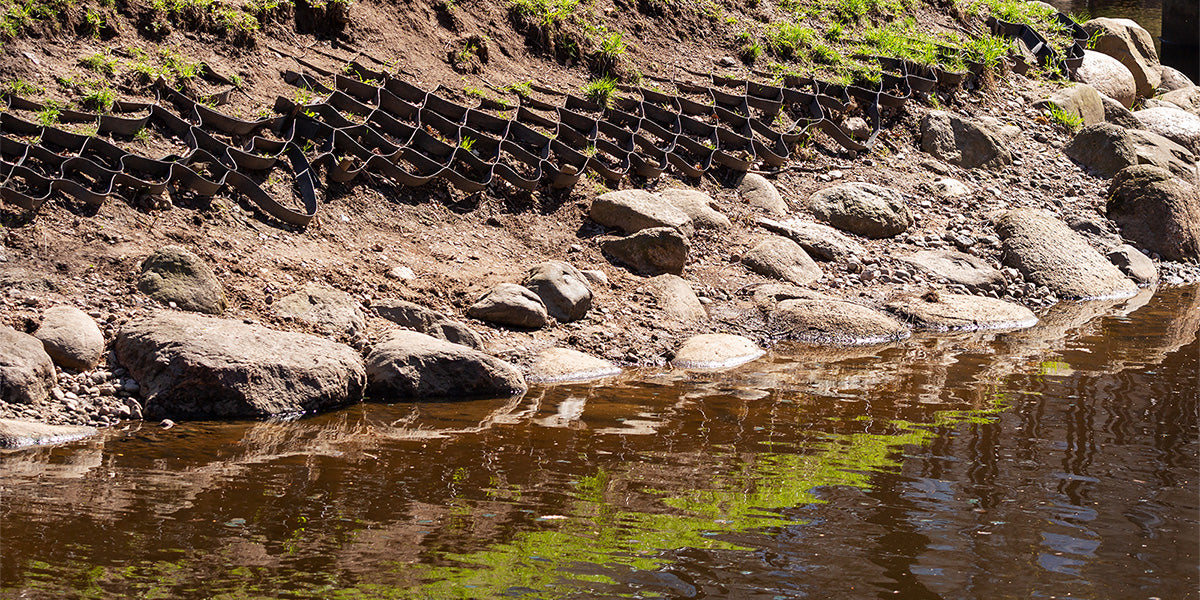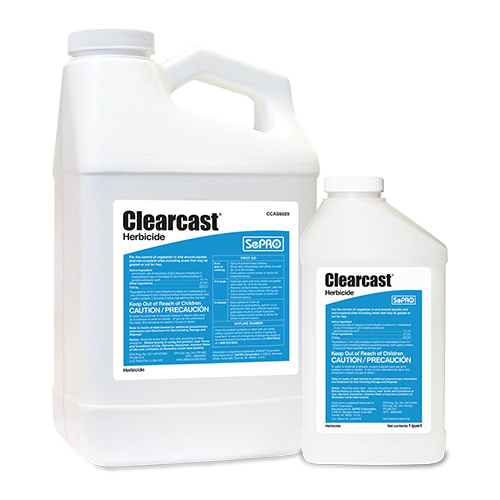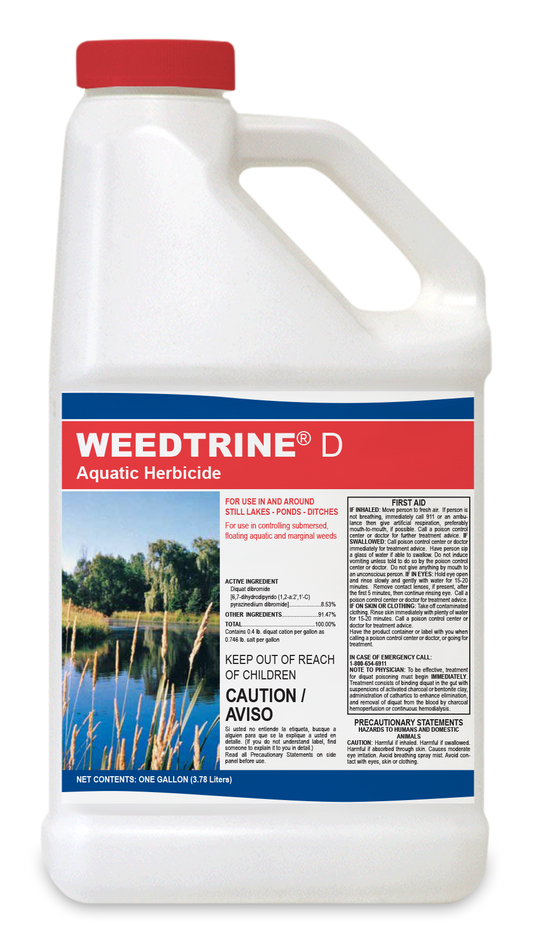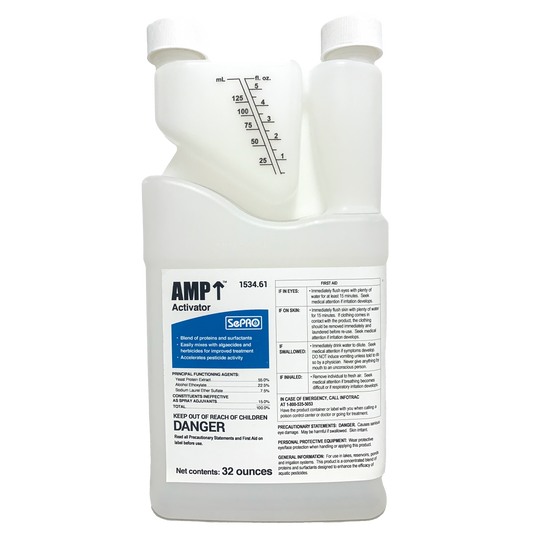Erosion control is crucial for lake shore owners to protect the health of the lake and maintain the stability of their property. Here's a basic guide to erosion control for lake shore owners:
- Understand Erosion: First, it's essential to understand what causes erosion. Erosion occurs when natural forces like wind, rain, and waves gradually wear away the land. On lake shores, wave action is the primary cause of erosion.
- Observe Your Property: Walk along your lake shore and assess the current state of erosion. Look for signs such as exposed roots, soil loss, and areas where vegetation has been eroded.
- Local Regulations: Check with your local government or environmental agency for any regulations or permits required for erosion control projects. These regulations are often in place to protect the lake and its ecosystems.
- Vegetative Buffers: One of the most effective ways to control erosion is by planting native vegetation along the shoreline. The roots of these plants help stabilize the soil and reduce the impact of waves. Choose native plants that are adapted to your region's climate.
- Rock or Riprap: Installing rocks or riprap along the shoreline can also help reduce erosion. This involves placing large rocks or stones in a strategic manner to absorb wave energy and protect the soil from erosion.
- Retaining Walls: Consider building retaining walls, especially if you have steep slopes near the lake. Retaining walls can help prevent soil from sliding into the lake.
- Silt Fencing: If you are doing any construction near the shoreline, use silt fencing to prevent soil runoff from entering the lake. This can help protect water quality.
- Maintain Vegetation: Regularly maintain the vegetative buffer by pruning and weeding.
- Rain Gardens: Install rain gardens on your property to capture and manage stormwater runoff. Rain gardens can reduce the flow of sediment and pollutants into the lake.
- Beach Nourishment: If you have a sandy beach, consider beach nourishment by adding sand to replenish what is lost due to erosion. This can be a temporary solution and may need to be repeated over time.
- Professional Advice: For more extensive erosion control projects, it's advisable to consult with a professional, such as a landscape architect or environmental engineer, who specializes in shoreline restoration.
- Educate Neighbors: Encourage your neighbors to also practice erosion control to create a more comprehensive protective buffer around the lake.
- Regular Inspections: Periodically inspect your erosion control measures to ensure they are still effective and make any necessary repairs or adjustments
Remember that erosion control is an ongoing process, and it is important to be proactive in protecting your lake shore. By implementing these strategies, you can help maintain a healthy lake ecosystem while preserving the value and integrity of your property.




